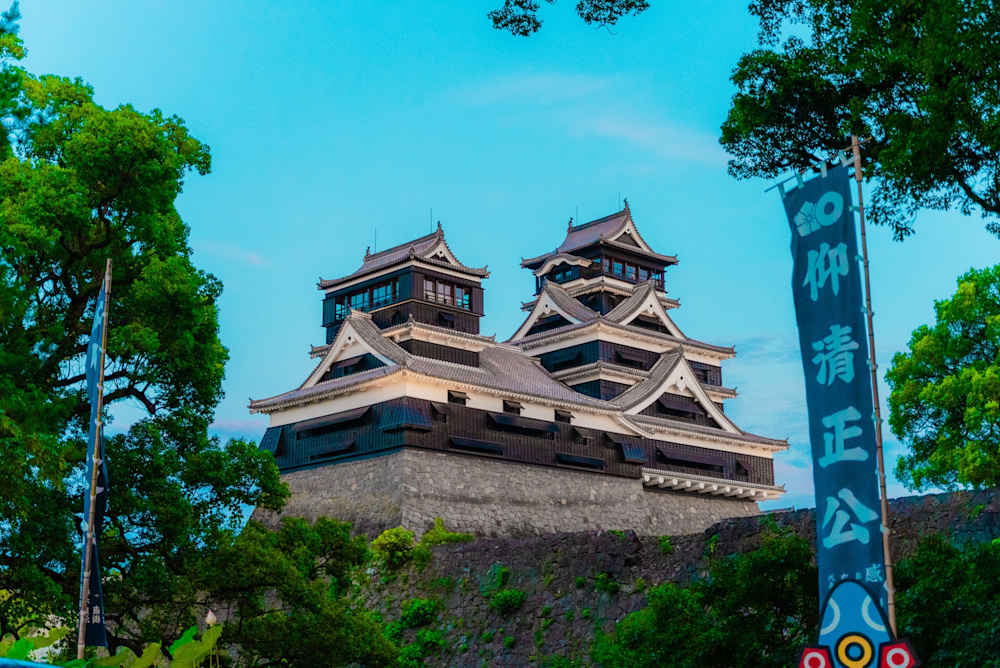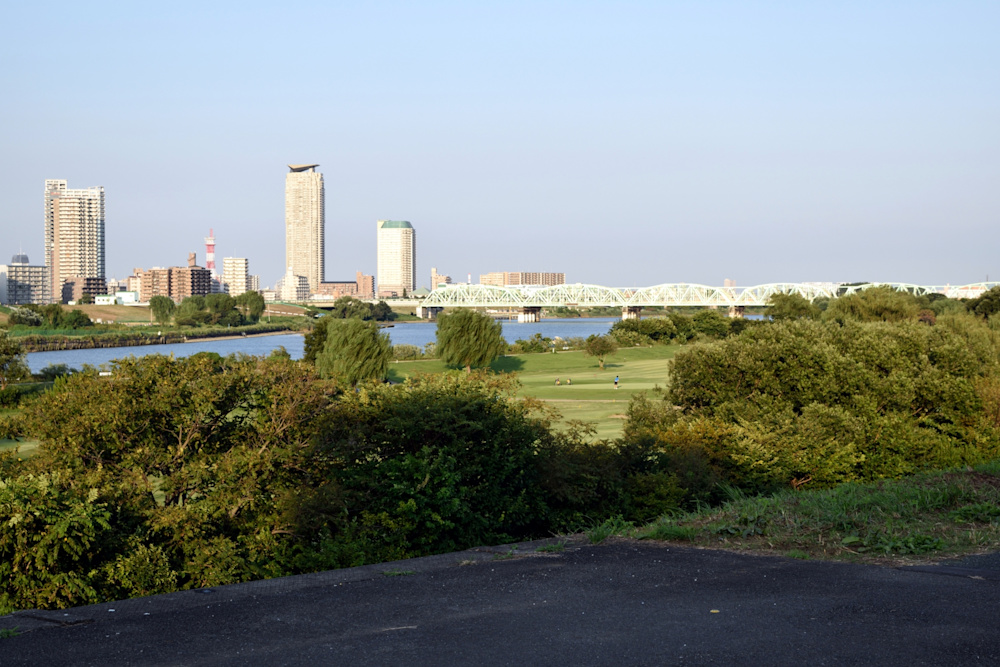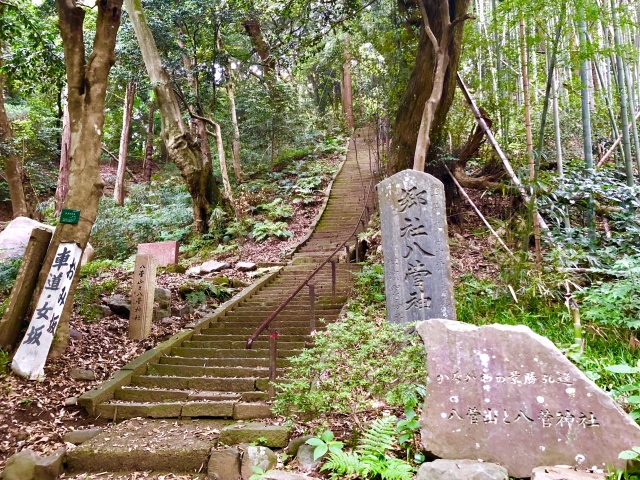Updated May 26, 2025
Where Do Most Foreigners Live in Japan?
Japan has been seeing a steady increase in foreign residents over the years. Especially now that the country faces a shortage of workers across various industries.
The demand for foreign employees continues to grow, spanning from IT and highly skilled professionals to factory, agriculture, and hospitality workers.
In this article, we’ll discuss the current situation regarding foreigners living in Japan, identify the areas with the highest foreigner populations, and explain why these areas have become attractive places to live.
Let’s start by taking a look at the current situation and how the foreign population is distributed throughout the country.
How Many Foreigners Live in Japan: The Current Situation
Japan has been grappling with a significant labor shortage for over a decade now, particularly in fields requiring IT and other highly skilled professionals. As a result, many Japanese companies have actively turned to hiring foreign employees to fill the gap.
The country's rapidly aging population and declining birth rate have further exacerbated this issue, making the influx of foreign talent increasingly essential to maintain economic stability.
Big cities, such as Tokyo and Osaka, remain the most populated areas for foreigners due to the availability of jobs, cultural attractions, and well-developed infrastructure. That said, several other regions are also seeing a growth in their foreigner communities.
According to the latest statistics, approximately 3.5 million foreigners were living in Japan as of June 2024. Of this number, 23,958 people were classified as “highly skilled professionals” in 2023. The breakdown of foreigners with highly skilled professional visas by population percentages is as follows:
China: 65%
India: 5.3%
Taiwan: 4.45%
Korea: 3.8%
US: 3.5%
Other: 17.1%
Now, let’s look at some of the regions with the highest concentration of foreigners in Japan.
Areas with High Foreigner Population: Where Do Foreigners Live in Japan?
As we said, Japan is changing. While Tokyo, Osaka, and other major cities still draw in foreign professionals, there’s a growing trend of highly skilled workers choosing to live and work in regions that, until recently, flew under the radar.
Thanks to a mix of government-backed revitalization plans, company expansions, and booming local industries, more foreigners are finding not just work, but a real community in places they might not have expected.
Whether drawn by semiconductor industry jobs, a lifestyle closer to nature, or a vibrant multicultural community, these cities and towns are proving that there’s more to life in Japan than just the big metropolises.

Kumamoto: A Rising Star on Kyushu Island
Kumamoto has quietly become one of Japan’s most talked-about regions, and not just because of its famous castle or natural beauty. Major developments, like the arrival of semiconductor giant Taiwan Semiconductor Manufacturing Co. (TSMC), have turned this Kyushu city into a serious player in the global tech scene.
With new factories popping up and industrial infrastructure expanding, it’s no surprise that foreign engineers and professionals are making the move.
That being said, the appeal goes beyond the office. Kumamoto is known for its warm people, fresh produce, and outdoor charm. So, if you want career growth and weekend hikes through scenic mountains or visits to historical Hot Springs (Onsen), this just might be the spot.
Additionally, the Kumamoto region provides tons of jobs in agriculture, hospitality, and manufacturing, which also draws foreign workers from a wide range of different backgrounds.
Kanagawa Prefecture: Urban Convenience and Natural Beauty
Just south of Tokyo, Kanagawa prefecture offers a harmonious mix of bustling city life and serene, natural landscapes, making this an increasingly popular destination for foreign professionals seeking both career opportunities and a balanced lifestyle.
The prefecture’s capital, Yokohama, deserves its own introduction (provided below), but the foreign population in the prefecture extends well beyond the big city.
For instance, Aikawa, a rather smallish, peaceful town located here, houses many foreign residents.
In fact, approximately 7.5% of Aikawa’s population consists of foreign residents, the highest percentage in all of Kanagawa Prefecture. The diverse community here includes individuals from 48 countries and regions, attracted by employment opportunities in the Aikawa Inland Industrial Park.
Looking at the bigger picture, the prefecture has residents from China, Vietnam, South Korea, the Philippines, and Nepal, contributing to its multicultural fabric.
To support this diverse community, Kanagawa even provides various consultation services and resources aimed at assisting foreign residents in their daily lives.
Yokohama: Where the World Meets Japan
Yokohama is the kind of place where you can grab authentic dim sum in Chinatown for lunch, catch an international art exhibit in the afternoon, and enjoy sunset by the bay with locals and expats alike.
As one of Japan’s largest cities, Yokohama has always been international in spirit. The city even actively supports its foreign residents, offering multilingual services and resources to help newcomers settle in.
With excellent public transport, international schools, and a laid-back vibe that’s rare in big cities, Yokohama blends the energy of Tokyo with a more livable pace. It’s ideal for professionals with families, or anyone who wants city life without the usual chaos that comes with it. If you’d like to read more about Yokohama, check out our post on the best places to retire in Japan, where we explore its charm through the lens of retirees and beyond.

Kawaguchi: A Modern Multicultural Hub
Right on the Tokyo-Saitama border, Kawaguchi has emerged as a dynamic multicultural hub, particularly in its Nishi-Kawaguchi district. Here, Chinese grocery stores, noodle joints, and cultural festivals are thriving, creating a lively, welcoming community that feels like a slice of China.
Fueled by affordable housing and proximity to central Tokyo, this district has seen a dramatic increase in Chinese residents and businesses. This influx has transformed the area into a hub of Chinese culture, featuring authentic eateries and supermarkets.
Today, Kawaguchi is known as one of the most rapidly developing multicultural neighborhoods in the greater Tokyo area. However, this rapid growth has also brought some challenges.
Recent news about delayed salary payments to foreign workers has put a spotlight on labor conditions in the area, highlighting that Kawaguchi is grappling with real, complex growth.
Still, with its convenient location and lower housing costs compared to central Tokyo, it’s easy to see why people are moving here.
Nishi-Kasai: Tokyo’s Little India
We already mentioned Tokyo, but this area of the city deserves a mention of its own.
Nishi-Kasai, located in Tokyo's Edogawa ward, has earned the nickname “little India” due to its substantial Indian community. The neighborhood began to see an influx of Indian residents around the turn of the millennium, coinciding with the global IT boom.
Today, Nishi-Kasai is adorned with Indian restaurants, grocery stores, and cultural centers, offering a slice of India in the heart of Tokyo.
The community hosts various festivals and events, fostering a strong sense of cultural identity and providing a welcoming environment for newcomers.
It’s also a popular residential area for IT professionals working in Tokyo’s tech sector. It’s not just the restaurants and the shops that make this place special, but also community groups like the Edogawa Indian Association that provide support with everything from school applications to cultural events.
You can read more about Nishi-Kasai in our post on the best suburban areas to live in Japan, where we also explored many other great neighborhoods with vibrant communities.
Aichi Prefecture: Where Industry and Culture Connect
Aichi is often associated with the automotive industry, and for good reason—this is Toyota‘s hometown.
That said, there’s also a rich Brazilian community here that’s been growing since the 1990s, and the area is also known for its Brazilian population.
Many Brazilian Japanese families came here for factory work, but have stayed because of the community they’ve built here.
It’s a community to be proud of, with over 60,000 Brazilian nationals registered in the prefecture, reflecting the deep-rooted presence of this community.
Today, cities like Nagoya and Toyota are full of Brazilian eateries, festivals, and language schools. Local government programs offer support in Portuguese, and there’s a sense of stability here that’s rare.
The prefecture’s efforts to support multicultural coexistence have further enhanced that appeal to Brazilian residents, while the availability of factory jobs and educational support has made Aichi a long-term home for many Brazilian families.
Shin-Okubo: Tokyo’s Koreatown
Nestled in Tokyo’s Shinjuku ward, Shin-Okubo is renowned as the city's Koreatown. The neighborhood's transformation began in the 1950s with the establishment of the Lotte Corporation’s factory, which attracted many Korean workers to the area.
Today, Shin-Okubo is a bustling district filled with Korean restaurants, cosmetic shops, and authentic Korean stores. Whether you’re a tourist looking for the latest K-pop merch or a local grabbing spicy tteokbokki after work, this is the place to be.
Beyond the flashy signs and trendy cafés, there’s a real neighborhood here. Korean families have lived in Shin-Okubo for decades, and the area’s tight-knit community feel reflects that well.
Shin-Okubo isn’t the only Koreatown in Japan, but it surely is one of the biggest ones. Another considerably large Korean community can be found in Osaka.
Tsuruhashi: Osaka’s Koreatown
Tsuruhashi, located in Osaka’s Higashinari and Ikuno wards, is another prominent Koreatown in Japan. The area’s history dates back to the post-World War II era, when a black market emerged, attracting many Korean immigrants to this area.
If you ever find yourself in Osaka and your nose leads you to the smell of sizzling Korean barbecue, you’re probably in the vicinity of this neighborhood. It has long been home to a strong Korean community, and it shows in every shop, stall, and street corner.
Tsuhurashi is best characterized by its maze-like shopping streets lined with Korean restaurants and markets selling Korean ingredients. The streets are filled with life, with aunties chatting on corners and business fronts, and shop owners calling their frequent customers by name.
While it has become quite the tourist destination nowadays, the organic charm of Tsuruhashi remains, and the Korean community living there is thriving.

Final Word: Where to Live in Japan as a Foreigner?
The increasing population of foreigners in Japan reflects both the country’s need for labor and its growing openness to cultural diversity.
While Tokyo and Osaka remain the primary hubs for foreign residence, regions like Kumamoto, Kanagawa, and Aichi offer compelling alternatives, blending opportunity with community and lifestyle.
With the country’s labor shortages unlikely to be resolved anytime soon, foreign workers will continue to play a crucial role in the nation’s economy and cultural landscape.
If you’re looking for other great places with a big foreign population, consider Fukuoka, where urban energy, natural beauty, and pristine beaches create a unique draw for many foreigners.
Get Job Alerts
Sign up for our newsletter to get hand-picked tech jobs in Japan – straight to your inbox.







